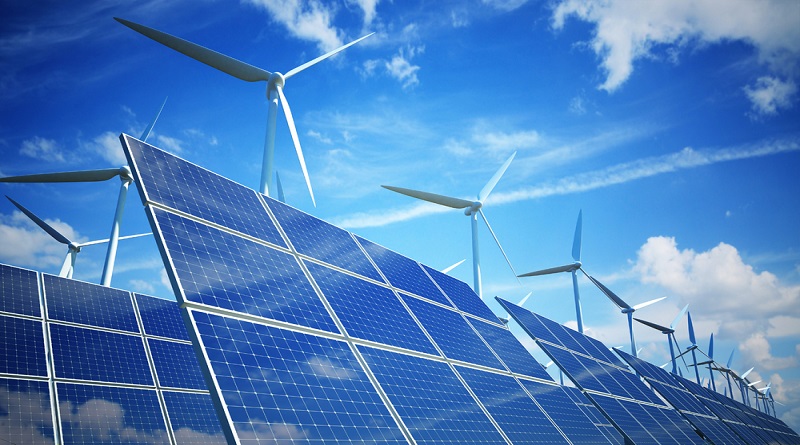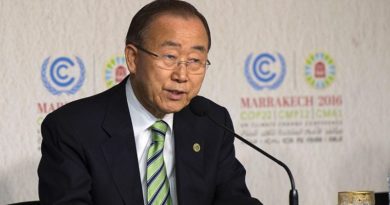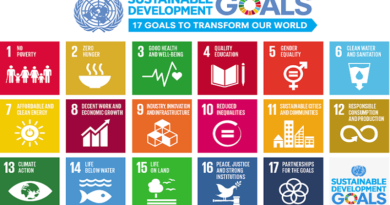Long-term energy scenarios vital for a renewable-based future- Report
Effective climate action requires all countries to transform their energy systems, with far-reaching implications across industry, transport, buildings, agriculture and land use, and other sectors.
A new report from the International Renewable Energy Agency (IRENA), in cooperation with UN Climate Change, underscores that long-term energy scenarios are vital for moving the global energy system to a clean, sustainable and renewable-based future.
The report looks at how governments are aligning – and misaligning – their energy policy goals and climate goals by comparing their long-term energy strategies (LTES) with their scenario-based long-term low-emission development strategies (LT-LEDS). The report also suggests ways to increase coherence between energy and climate policies.
“The energy transition is critical to achieve the temperature goal of the Paris Agreement,” said James Grabert, Director of UN Climate Change’s Mitigation Division. “This report shows how long-term energy scenarios and climate strategies can complement each other to accelerate this transition towards net-zero emissions by mid-century. We are looking forward to further working with IRENA to facilitate support to countries in scaling up the ambition and implementation of energy and climate policies.”
IRENA defines ‘long-term energy planning’ as a process whereby national or regional targets, policies and investment strategies are derived from analyzing the energy sector’s development prospects. It’s an opportunity for countries to envision these changes in relation to the future of their economy and climate targets.
The use of long-term energy scenarios can help countries navigate policies through the complexities of climate change, energy security, access, reliability, socio-economic development and economy-wide transitions to new, disruptive technology and business models.
The new report from IRENA complements UN Climate Change’s synthesis report on LT-LEDS released last October, which looked at countries’ plans to transition to net-zero emissions by or around mid-century. The report indicated that these countries’ greenhouse gas emissions could be roughly 68% per cent lower in 2050 than in 2019, if all the long-term strategies are fully implemented on time.
The IRENA report provides a comparative analysis of 24 LTES and 36 scenario-based LT-LEDS from a total of 45 countries. It considers the framework in which LTES and scenario-based LT-LEDS are developed, including the level of institutional coordination, stakeholder consultation, type of publication, and highlights from these publications. Additionally, it assesses the energy transition elements included in the scenarios of these publications (ranging from renewable generation and end-use sectors to mineral constraints and job impacts).
The report concludes that basing LT-LEDS on scenarios can make policy recommendations more robust and boost their potential for implementation.




